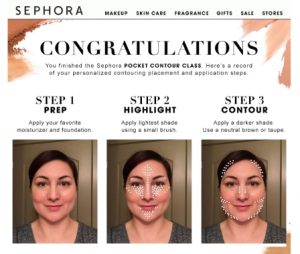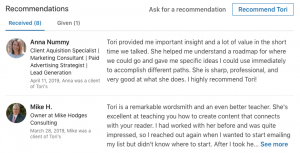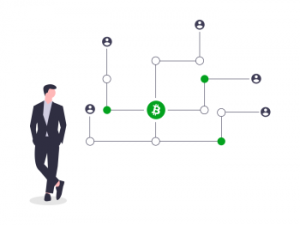
Testing and optimizing content is extremely important to your marketing strategy. No matter how small or large your team is, optimizing content can generate the same or even more leads than brand new content.
In a study from HubSpot, one marketer managed to double the amount of monthly leads from the blog by optimizing old posts. Double. That’s a lot of new leads. They also increased organic search volume by 106%. Conversion Rate Optimization or CRO is the future of marketing and can be implemented across all channels.
We are going to walk through the steps required to run experiments, get results, then implement them to improve CRO for landing pages, email, social, or any medium that allows for experimentation.
Step 1: Identify Your Objective
What are you hoping to learn from this experiment? Take a moment to thoughtfully come up with the objective for your experiment. This will guide what your variations will look like and how you will determine if the experiment was successful.
Not all experiments need to be quantitative (numbers-based.) You can use experiments to map your buyer personas or find your brand’s voice. Not sure where to start? Try one of these landing page experiments as a first pass.
Examples:
- Identify the effect that a new onboarding process has on your product
- Test out a new channel for user acquisition
- Determine your audience for a new paid campaign
Step 2: Propose a Hypothesis
What do you think will happen during this experiment? Here, you can put together an idea of what you think will happen, much like in the scientific method. Maybe you have a hunch that updating the copy or form placement on a landing page will yield a much higher conversion rate. The only way to find out is to test this theory. Trying and failing is much more productive than never trying at all.
Examples:
- Changing the button on our form to a more actionable phrase will increase conversion rates
- Using social media as an acquisition channel will bring in new users
- Sending our emails at 10 a.m. will have higher open rates than sending at 2 p.m.
Step 3: Determine and Create the Experiment Design & Variations
This is the part where you come up with the experiment’s design and test variations. Typically, you will keep one control, meaning the element that remains the same throughout the experiment. This is how you will prove the test’s effectiveness. Then, you can create a variation (or multiple variations) to test against the control. Don’t forget to track everything.
Examples:
- Create 4 different versions of a landing page, then show site visitors the 5 versions (including the control) for 3 weeks to see which results in the highest conversion rate
- A/B test sending the same email at different times of day with a group large enough to yield significant results
- Interview 50 current users and gather demographic and qualitative data about them, then analyze the data in your contacts database to find the most prevalent persona
Step 4: Let it Go (Run Until it’s Statistically Significant)
Run your experiment for as long as you need to determine statistical significance.
Sometimes it can be hard to get enough data to review, and in those cases, you can extend the timeframe of the test until you have enough.
Step 5: Analyze
Gather your data and find out the results. Standard results include; fail, inconclusive, or success.
Fail means that your hypothesis was incorrect, inconclusive means that you didn’t have enough data to draw a conclusion, and success means that your hypothesis was correct. In this section, you can include learnings and takeaways to share with your team after the experiment is complete. These can also be easily turned into a blog post, offer, or podcast!
Experiments are a really important way to ensure that your content is performing at its maximum effectiveness, get new leads from old content, and improve the experience for your user.
You can use experiments as a marketer, product manager, sales rep, or anyone within your organization who wants to hit their goals. This is step one to starting a CRO strategy within your organization and it will be paying itself off in no time.
Final pro tip: Maintain a master experiment spreadsheet – this data is too good to lose!
Business & Finance Articles on Business 2 Community
(36)








